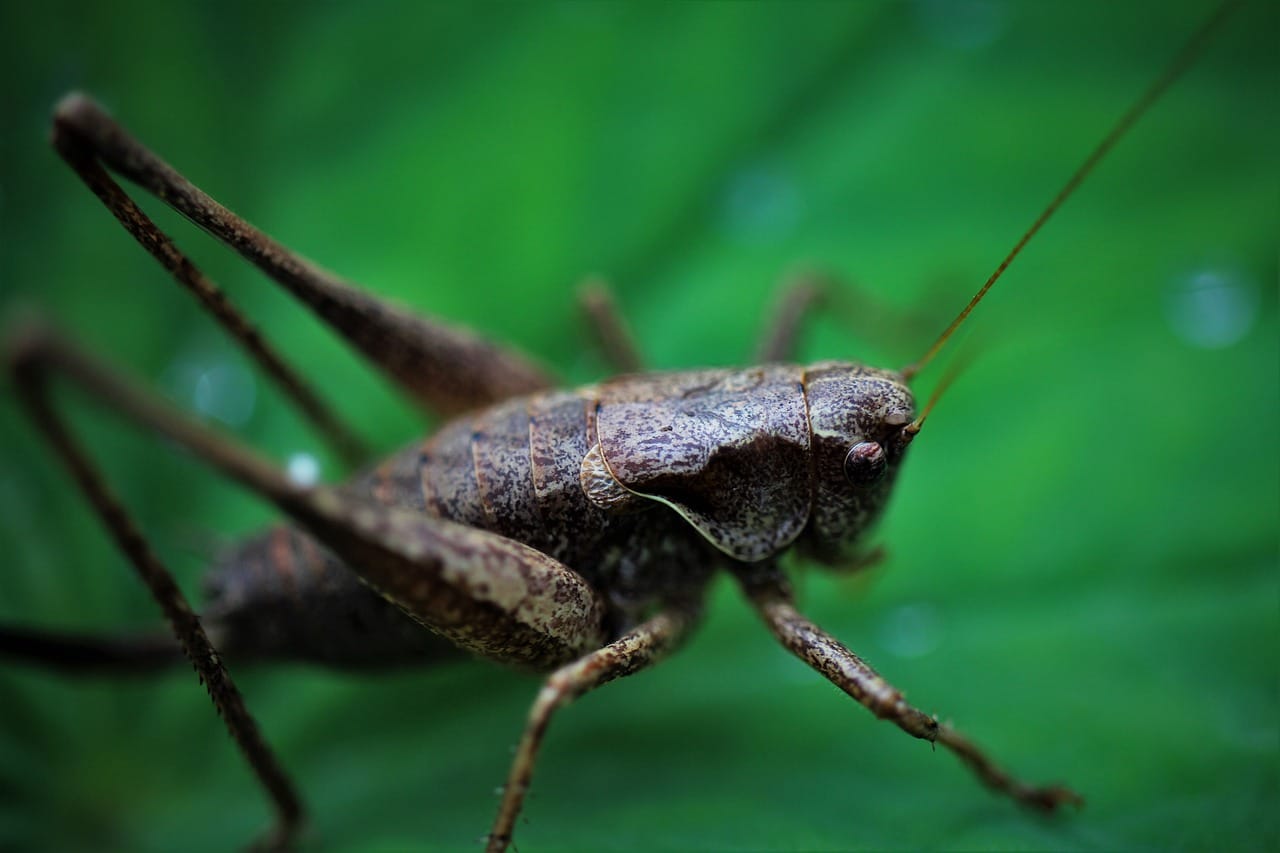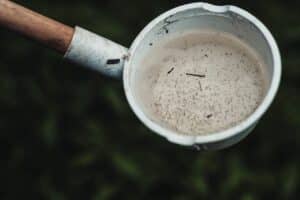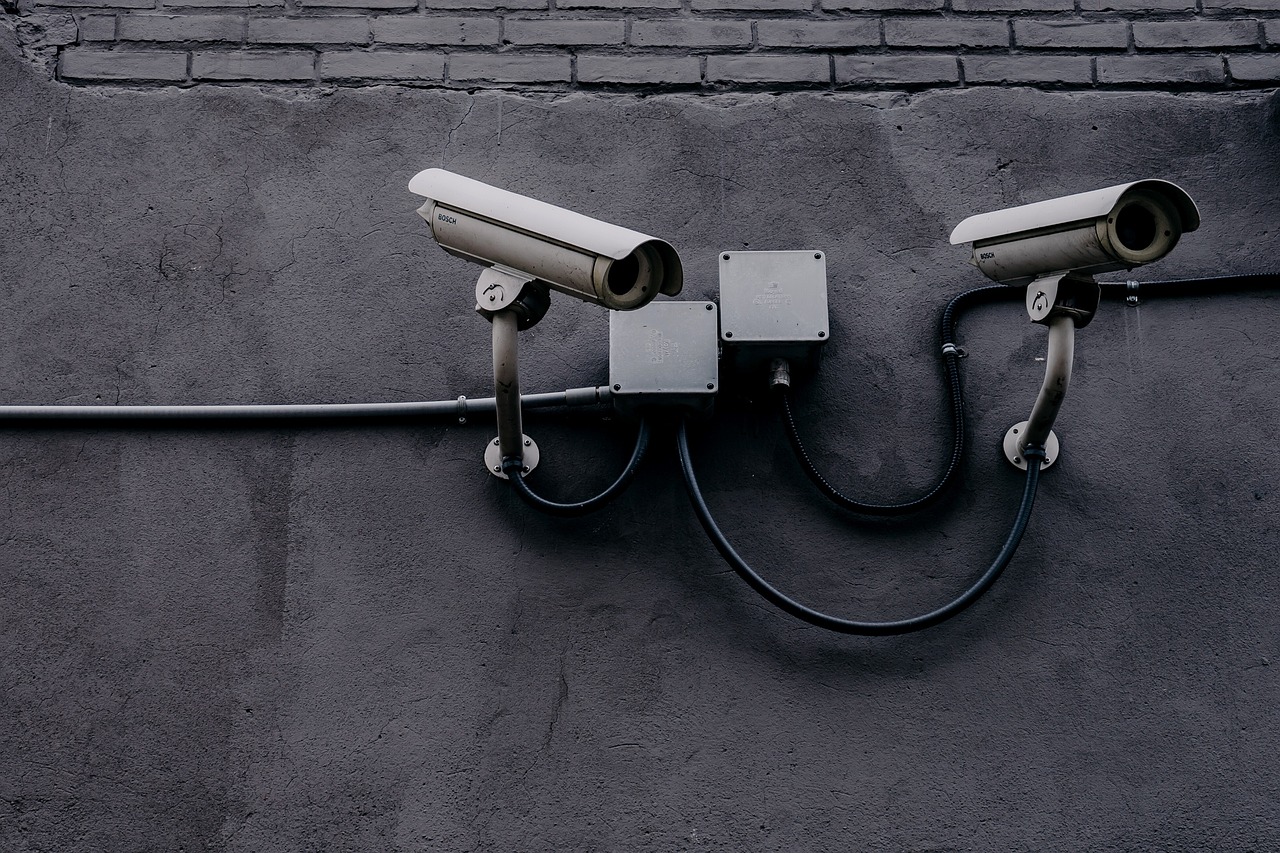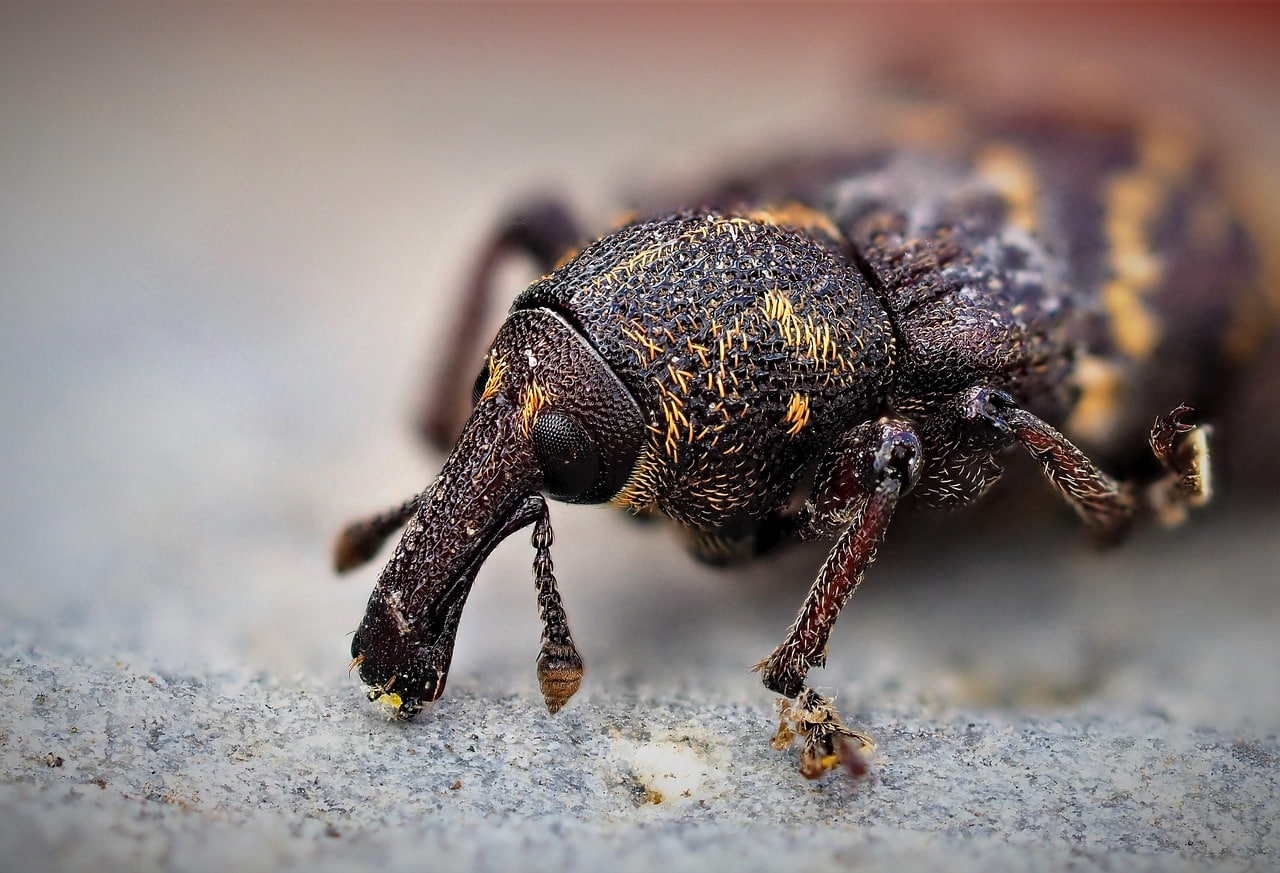Understanding the Importance of Documenting Pest Control Outcomes
Documenting pest control outcomes is crucial for both residential and commercial pest management. This practice not only provides a clear record of what has been done but also serves as a vital tool for evaluating the effectiveness of different pest control methods. By keeping detailed records, pest control professionals can identify trends, monitor pest populations, and adjust strategies accordingly to ensure long-term success.
Key Benefits of Documenting Pest Control Outcomes:
- Tracking Effectiveness: Documenting outcomes allows for the assessment of treatment success over time. This can help in determining which methods are most effective against specific pest infestations.
- Compliance and Accountability: Many industries are required to keep records for regulatory compliance. Documentation ensures that pest control measures are accountable and meet industry standards.
- Informed Decision-Making: By analyzing documented data, pest control professionals can make informed decisions on future treatments, optimizing resources and time.
- Improved Customer Communication: Well-documented outcomes enable pest control providers to communicate effectively with clients, offering transparency and reassurance about the measures taken and their results.
Moreover, proper documentation can aid in identifying recurring pest problems. By noting the specifics of each infestation, including pest types, locations, and the methods used for control, pest management professionals can develop a comprehensive understanding of the pest lifecycle and behavior patterns. This knowledge is invaluable in preventing future infestations and minimizing the need for repeated treatments.
In addition to aiding in immediate pest control efforts, thorough documentation contributes to broader pest management strategies. Over time, collected data can reveal insights into pest population dynamics and resistance patterns, allowing for the development of more effective integrated pest management (IPM) approaches. Ultimately, this proactive stance not only enhances pest control efficacy but also promotes a healthier environment for both clients and their surroundings.
Key Metrics to Track When Documenting Pest Control Outcomes
When it comes to documenting pest control outcomes, tracking key metrics is essential for evaluating the effectiveness of your pest management strategies. These metrics provide valuable insights that can help you optimize your approach, improve customer satisfaction, and ensure compliance with industry regulations. Below are some of the most critical metrics to consider.
1. Pest Population Reduction
One of the primary metrics to track is the reduction in pest populations. This can be quantified through various methods, such as visual inspections, trapping results, or monitoring devices. Documenting the initial pest population level and comparing it to subsequent evaluations allows you to measure the success of your pest control efforts. It’s beneficial to record the specific types of pests and their quantities over time, as this data can inform future pest management decisions.
2. Treatment Efficacy
Tracking the efficacy of different treatment methods is crucial for understanding which approaches yield the best results. This can include the application of chemical treatments, biological controls, or cultural practices. Record the specific methods used, the timing of applications, and the conditions during treatments. Analyzing this data helps identify trends and patterns that can enhance the effectiveness of your pest control strategies in the future.
3. Customer Feedback and Satisfaction
Another important metric is customer feedback. Gathering testimonials and satisfaction surveys post-treatment can provide insight into how well the pest control service met client expectations. Tracking this information helps identify areas for improvement and can enhance customer relationships. Consider implementing a standardized feedback form that includes questions about the treatment process, results, and overall satisfaction.
4. Cost-Effectiveness
Finally, evaluating the cost-effectiveness of pest control measures is essential for sustainable practices. Documenting expenses associated with treatments, including labor, materials, and equipment, allows you to calculate the return on investment (ROI) for each pest management strategy. Comparing the costs with the outcomes achieved helps determine whether the approach is financially viable in the long term.
Best Practices for Effective Pest Control Outcome Documentation
Effective documentation of pest control outcomes is crucial for ensuring consistent results and enhancing overall pest management strategies. By following best practices in documentation, pest control professionals can provide better service, track efficacy, and improve future interventions. Here are key practices to consider:
1. Utilize Standardized Forms
Using standardized forms for documenting pest control outcomes can significantly streamline the process. This approach allows for uniformity in data collection, making it easier to analyze results over time. Ensure that your forms capture essential details, such as:
- Date of service
- Location of treatment
- Type of pest identified
- Methods used for control
- Follow-up actions required
2. Record Before-and-After Conditions
Documenting the conditions before and after treatment provides a clear comparison that highlights the effectiveness of pest control measures. Take photos or make notes of the pest presence, damage, and environmental conditions prior to intervention. After treatment, record the changes observed. This method not only aids in evaluating the success of the treatment but also serves as a valuable reference for future pest management strategies.
3. Maintain Client Communication Logs
Regular communication with clients is essential for effective pest control outcome documentation. Keeping a log of client interactions can help in understanding their concerns and expectations. Document any feedback received, questions asked, and follow-up discussions. This information can provide insights into the perceived effectiveness of the pest control measures and assist in refining service offerings to meet client needs.
By implementing these best practices, pest control professionals can enhance their documentation processes, leading to more effective pest management and improved client satisfaction.
Tools and Technologies for Documenting Pest Control Outcomes
In the ever-evolving field of pest control, effective documentation of outcomes is crucial for assessing treatment efficacy and improving future strategies. A variety of tools and technologies are available to professionals, enabling them to capture and analyze data with precision. These solutions not only streamline the documentation process but also enhance communication with clients, leading to improved service delivery and customer satisfaction.
One of the most widely used tools in the pest control industry is software applications designed specifically for tracking pest management activities. These applications allow pest control operators to record treatment details, monitor pest populations, and evaluate the success of interventions over time. Many of these software solutions come equipped with features such as mobile access, real-time updates, and reporting capabilities, making it easier for technicians to input data in the field and for managers to review outcomes.
In addition to software, mobile devices and tablets have become indispensable for pest control professionals. With the help of mobile technology, technicians can take photos of infestations, log observations, and share results instantly with team members or clients. Furthermore, the integration of GPS tracking allows for precise location documentation, enabling companies to correlate pest activity with specific environmental conditions and treatment methods.
Lastly, the use of IoT (Internet of Things) devices is revolutionizing how pest control outcomes are documented. Smart traps and monitoring systems can automatically collect data on pest activity and send real-time alerts to pest control operators. This not only enhances the accuracy of documentation but also allows for proactive management of pest issues, ultimately leading to more effective pest control strategies and improved client trust. By leveraging these advanced tools and technologies, pest control professionals can ensure that they maintain a high standard of service while continually refining their methods based on documented outcomes.
Case Studies: Successful Documentation of Pest Control Outcomes
Effective pest control is not just about eliminating unwanted pests; it’s also about documenting the outcomes to ensure ongoing success and improvement. Case studies provide valuable insights into the methods and strategies that have proven effective in various environments. By examining these real-world examples, pest control professionals can refine their approaches and offer clients tailored solutions.
Example 1: Residential Pest Control
In a suburban neighborhood, a family faced a recurring issue with termites that threatened the structural integrity of their home. The pest control team implemented a comprehensive treatment plan that included:
- Initial Inspection: A thorough assessment of the property to identify termite activity and potential entry points.
- Treatment Application: The use of targeted bait systems and liquid treatments to eliminate existing colonies.
- Follow-Up Monitoring: Regular inspections and monitoring stations to ensure long-term effectiveness.
After six months, the case study documented a 95% reduction in termite activity, providing the family with peace of mind and a secure living environment.
Example 2: Commercial Pest Management
A local restaurant faced a significant rodent infestation that jeopardized its health permits and reputation. The pest control company adopted an integrated pest management (IPM) approach, which included:
- Sanitation Improvements: Collaborating with the restaurant staff to enhance cleanliness and eliminate food sources.
- Exclusion Techniques: Sealing entry points and implementing barriers to prevent future infestations.
- Ongoing Education: Training staff on pest awareness and prevention strategies.
Over a three-month period, the documentation showed a complete eradication of rodent sightings, resulting in the restaurant regaining its health permit and restoring customer trust.
These case studies illustrate the importance of systematic documentation in pest control. By tracking outcomes and strategies, pest management professionals can build a repository of knowledge that enhances their services and supports clients in maintaining pest-free environments.












